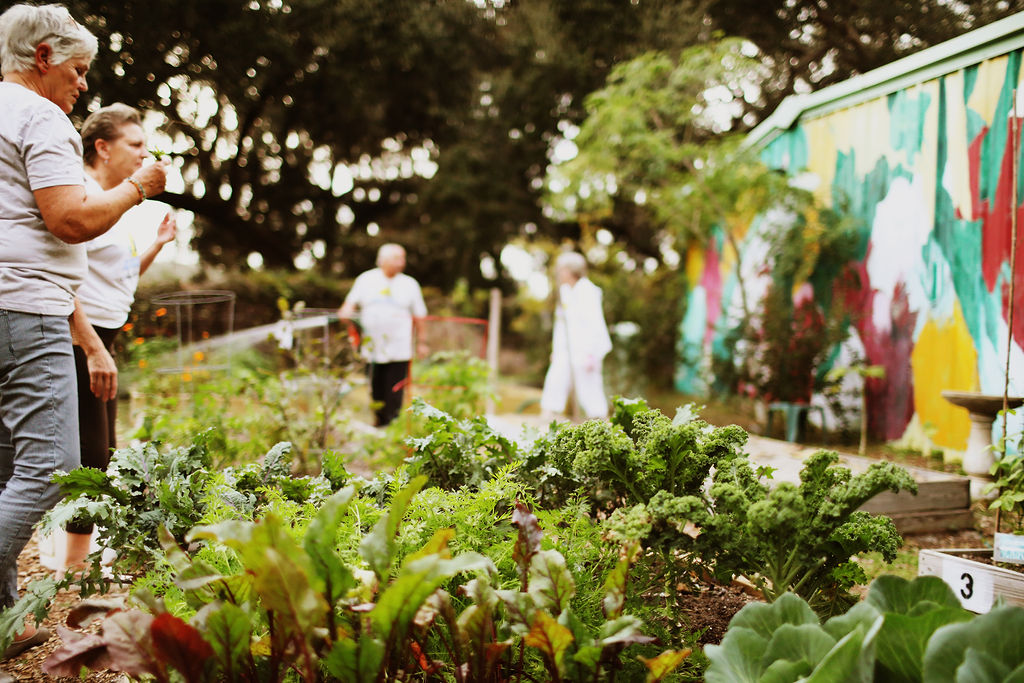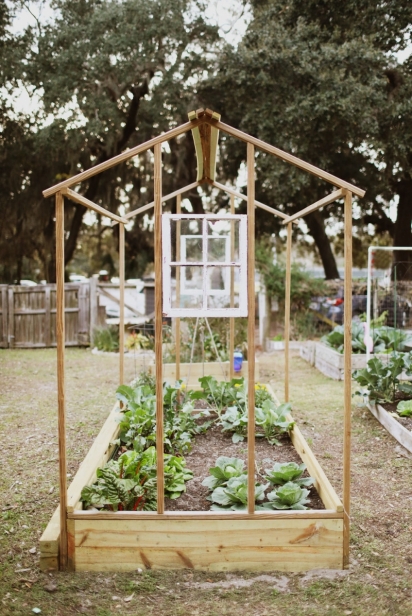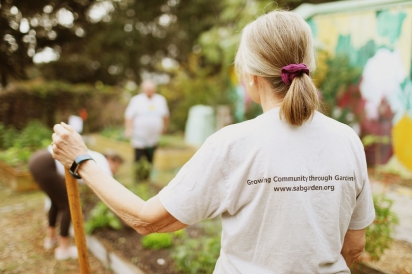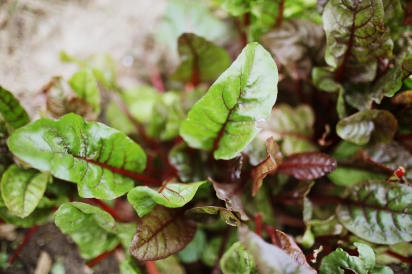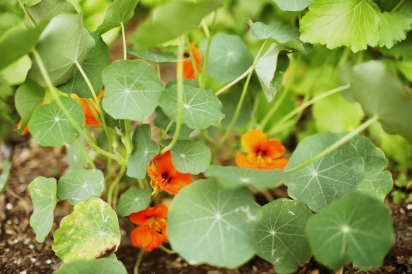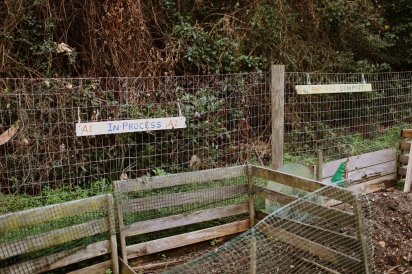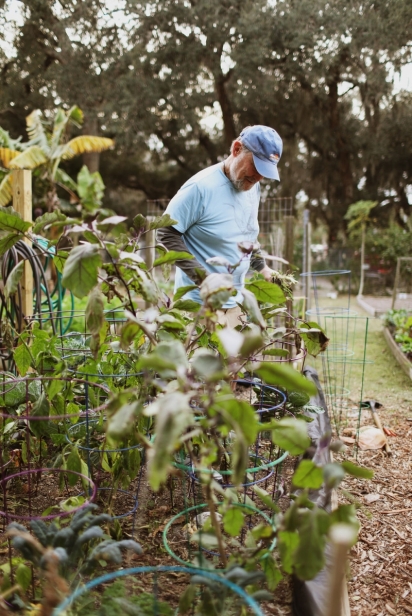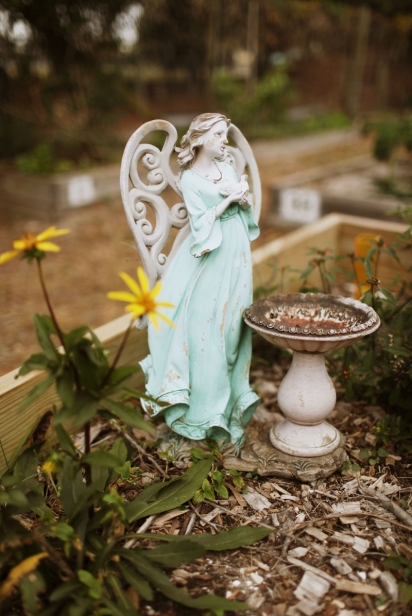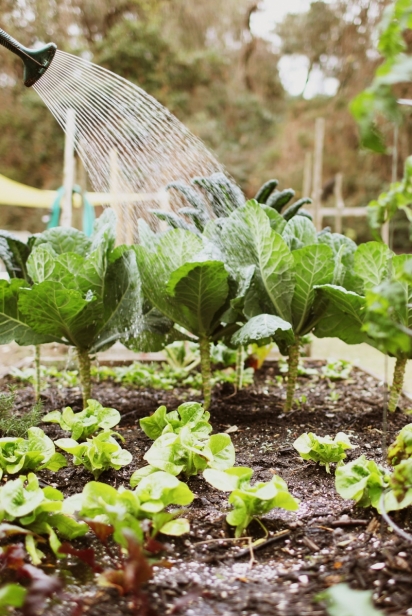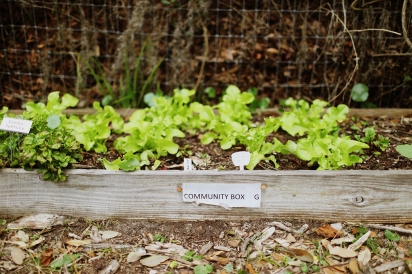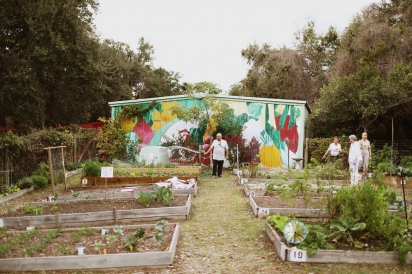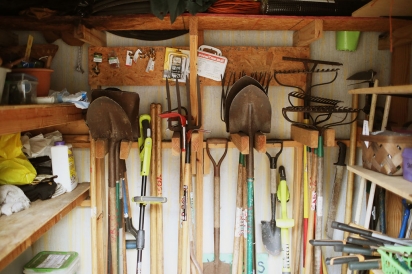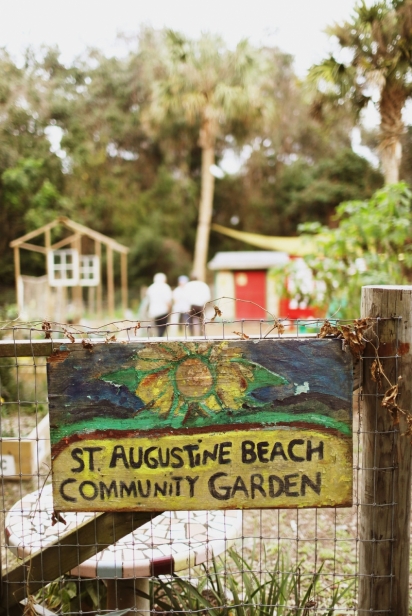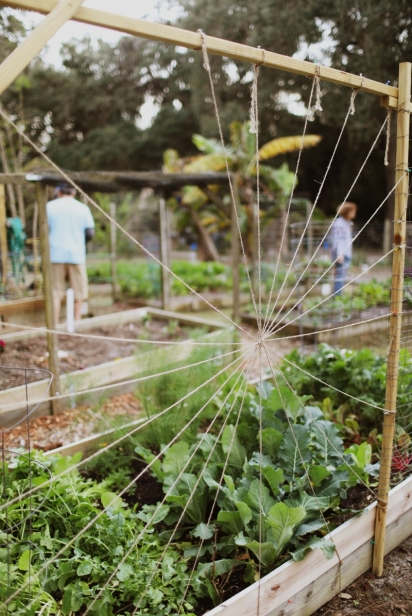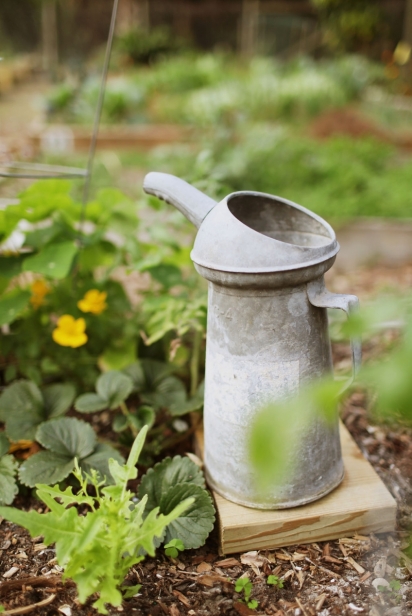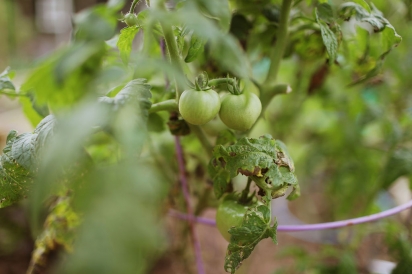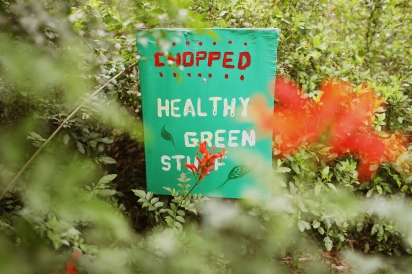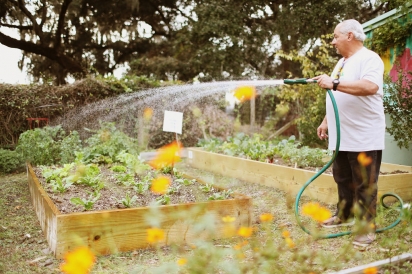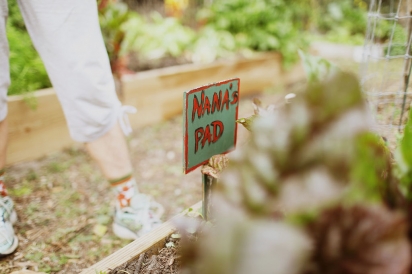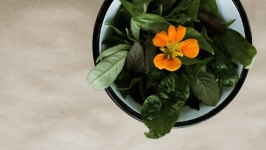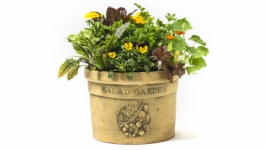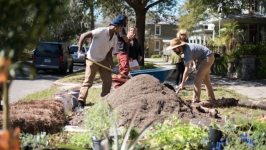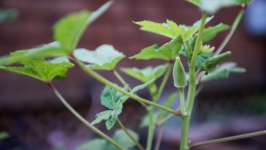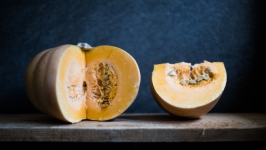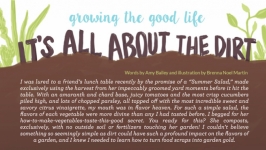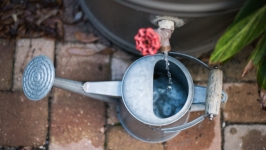Growing Food and Community in the Garden
It’s a cloudy, cool February morning the day I visit the Beaches Organic Community Garden in Neptune Beach, unprepared for the bounty that will soon be placed in my arms — radishes, bundles of broccoli, bouquets of greens and more, all grown by enthusiastic locals, ranging in skill level from novice to seasoned.
In many other places, nothing would be happening in the middle of winter, but here in Northeast Florida, gardening is a year-round activity. Though the Saturday workday is winding down when I arrive, a number of gardeners are still hanging around Jarboe Park, admiring their beds and exclaiming over the bounty of the winter. This garden, like other local gardens, features a number of plots rented by community members. Individuals visit their plants whenever they like, and most are also on hand during designated workdays and help tend the garden as a whole.
Similar community gardens in public parks are popular around the United States, with a recent report from the Trust for Public Land (TPL.org) reporting around 29,000 plots in the 100 largest cities. Gardeners participating in community garden plots have a bevy of resources to help in their growing efforts, including The American Community Gardening Association, and at the local level, the University of Florida’s Master Gardener Program. The UF program includes a community garden at the Extension Office in Hastings, with about 20 plot participants and a host of helpful volunteers who are ready to teach, according to Terra Lyn Freeman, Master Gardener Program Coordinator.
“As with all other aspects of horticulture — such as lawn care, landscaping, plant diagnostics and Florida-friendly landscaping education — we are here to provide research-based information to anyone in St. Johns County,” says Freeman.
Community gardens in Northeast Florida are frequently initiated by area nonprofits. In addition to the Beaches Garden in Jarboe Park, Dig Local Network of Jacksonville also maintains The Dutton Island Garden, which has been sprouting since 2011. Both gardens grow seasonal vegetables and fruits and both also foster a sense of community responsibility.
“There are so many lessons to be learned through gardening: nutrition, sustainability, responsibility, teamwork and a love for nature,” she continues. “It’s been rewarding to watch the kids’ enthusiasm when it’s harvest time! Many have tried new vegetables for the first time, both in the garden and after they take their bounty home.”
Farther south on Highway A1A, at the St. Augustine Beach Community Garden, President Jim Cargilo believes tending a garden can help encourage better nutrition and reduced obesity while offering an abundance of nutritious foods.
“The addition of organic community gardens may improve nutrition and increase the consumption of fresh fruits and vegetables,” he notes. “These gardens also strengthen community ties, reduce environmental hazards and create a more sustainable food system.”
Exercise is another distinct benefit of becoming part of a community garden. For those ready to get outdoors and burn a few calories, tending a plot among friends and neighbors is an excellent strategy.
“Organic gardens allow for a healthy living style and create a routine filled with surprises from nature and personal exercise,” says Cash McVay, founder of nonprofit City Sprout, which hosts a variety of gardens in the St. Augustine area, including the Lincolnville Community Garden.
A word to the wise for those who are reading this and thinking ruefully about their “black thumb” — community gardens are a great place to have your mind transformed. Each gardener I spoke to insists everyone is capable of growing and that the point is to educate and inspire — and, as the name suggests, provide nourishing food to a community beyond the confines of the garden gate.
Many local gardens are also committed to sharing fresh food with those in need.
“Our volunteers deliver fresh produce to our partners — such as the St. Francis House in St. Augustine — where the produce is turned into delicious meals,” says Cargilo.
The perimeter fence around the Lincolnville Community Garden typically has vegetables that passersby can pick, according to McVay. He also highlights the benefits of using the garden for community gatherings such as kids’ camps and potlucks.
“We have grown all sorts of produce: greens, beans, peppers, carrots, strawberries, herbs, squash, you name it!” says Brzoska. “And we have been able to donate some of our harvest to the Mission House. Doing so adds a community service component to our garden project.”


